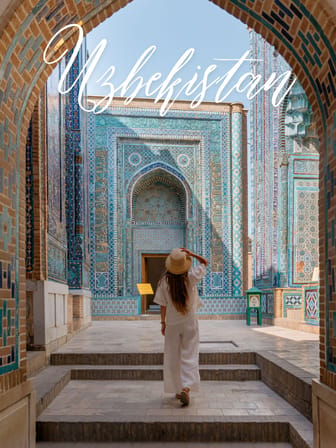Kuhna Ark
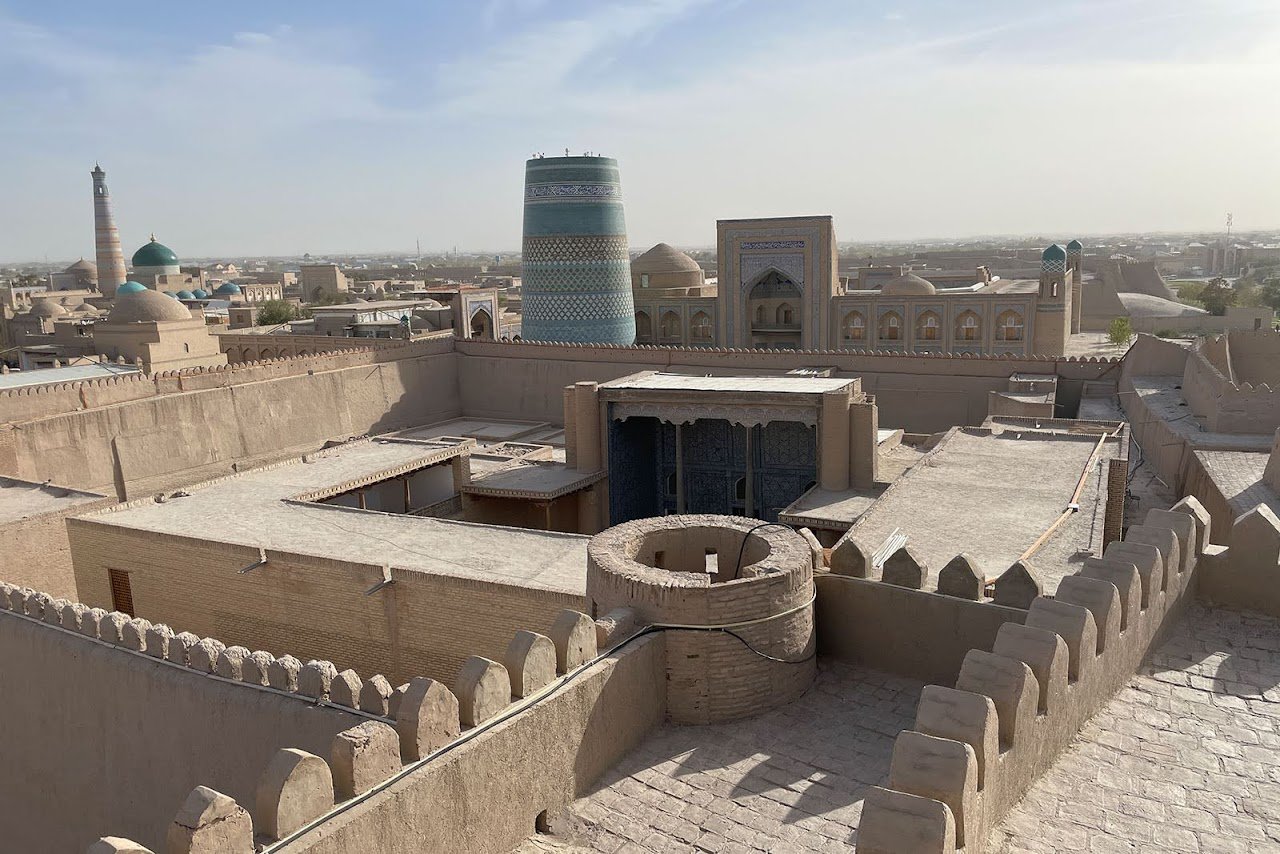
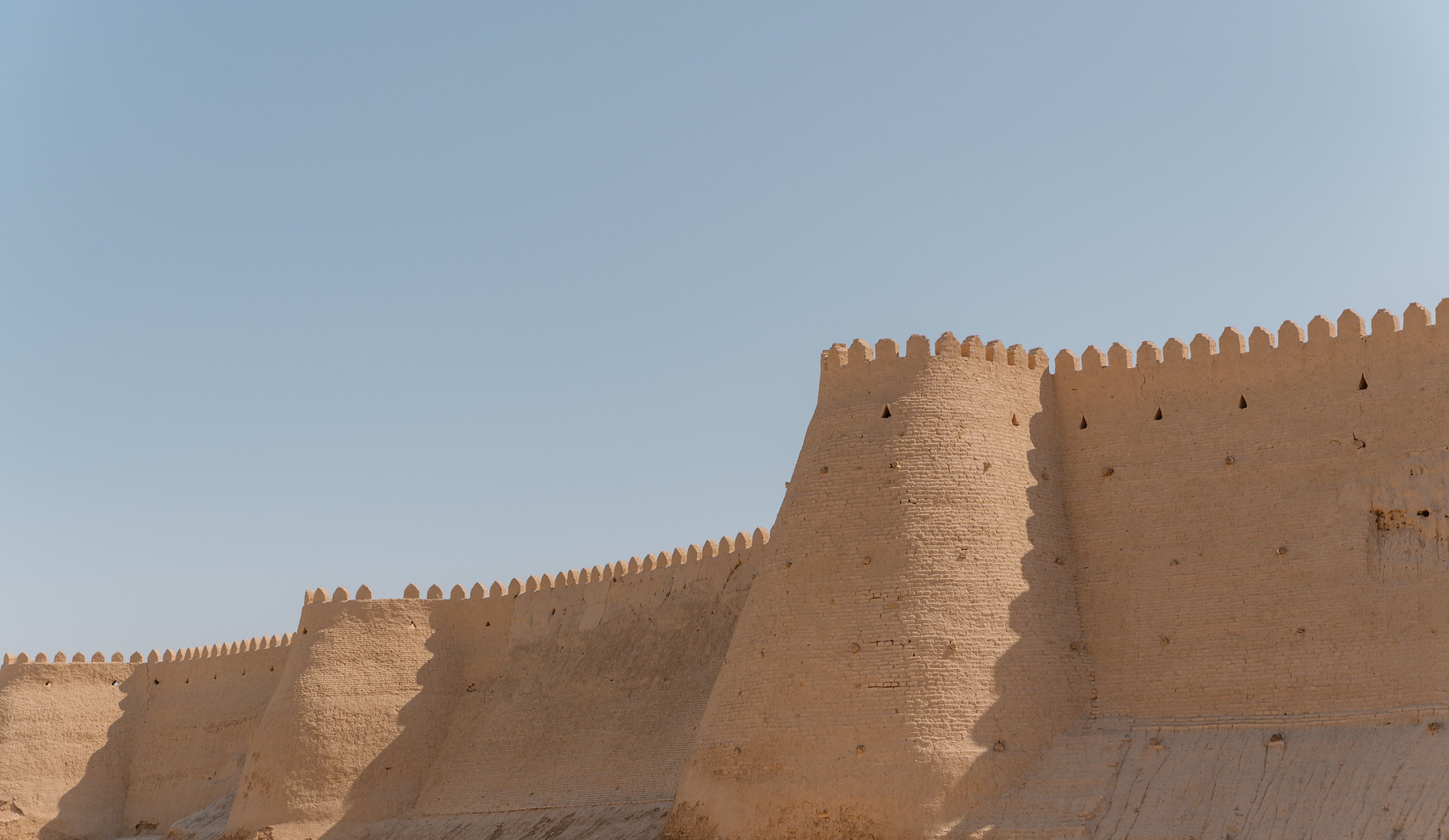
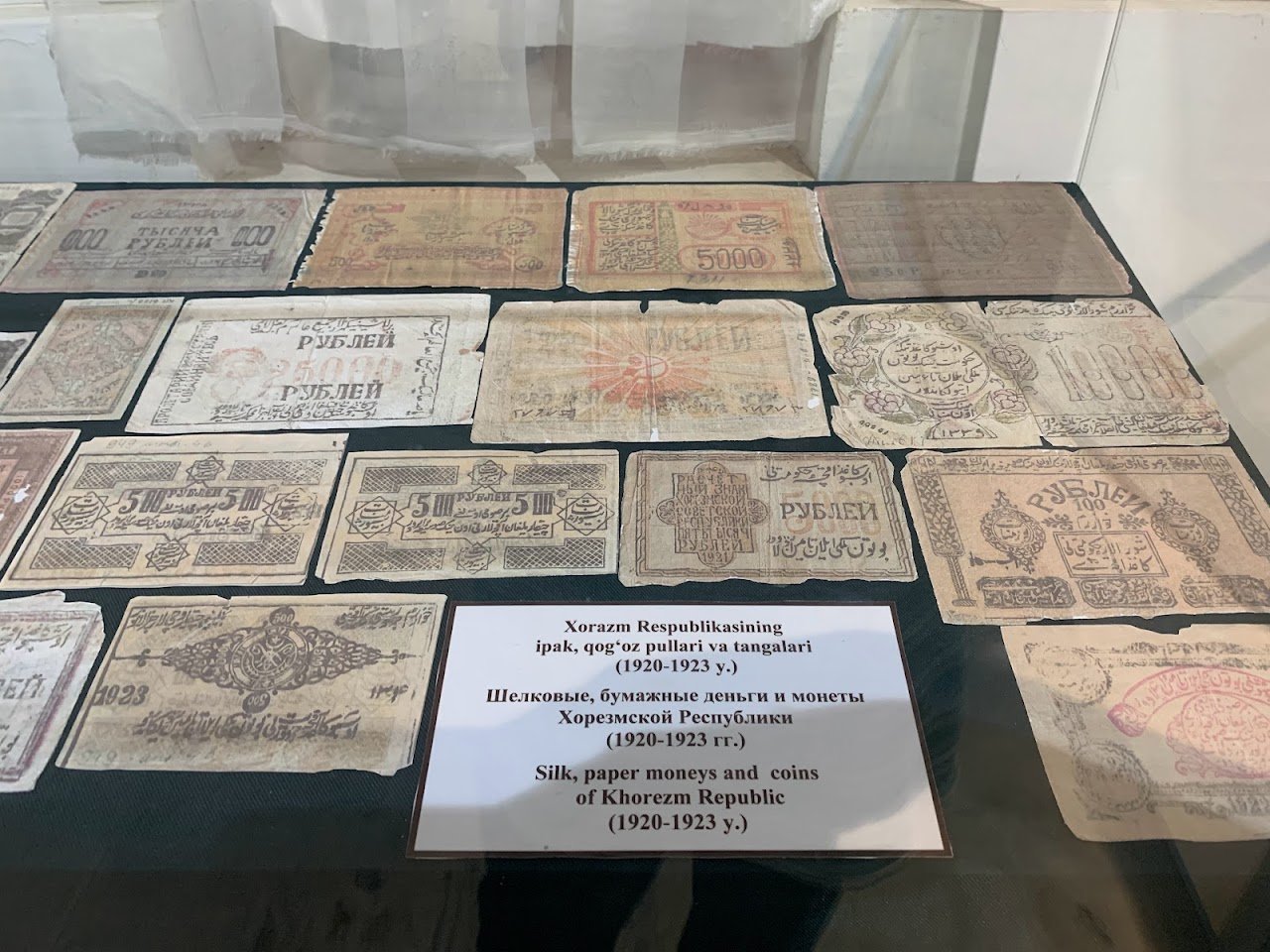
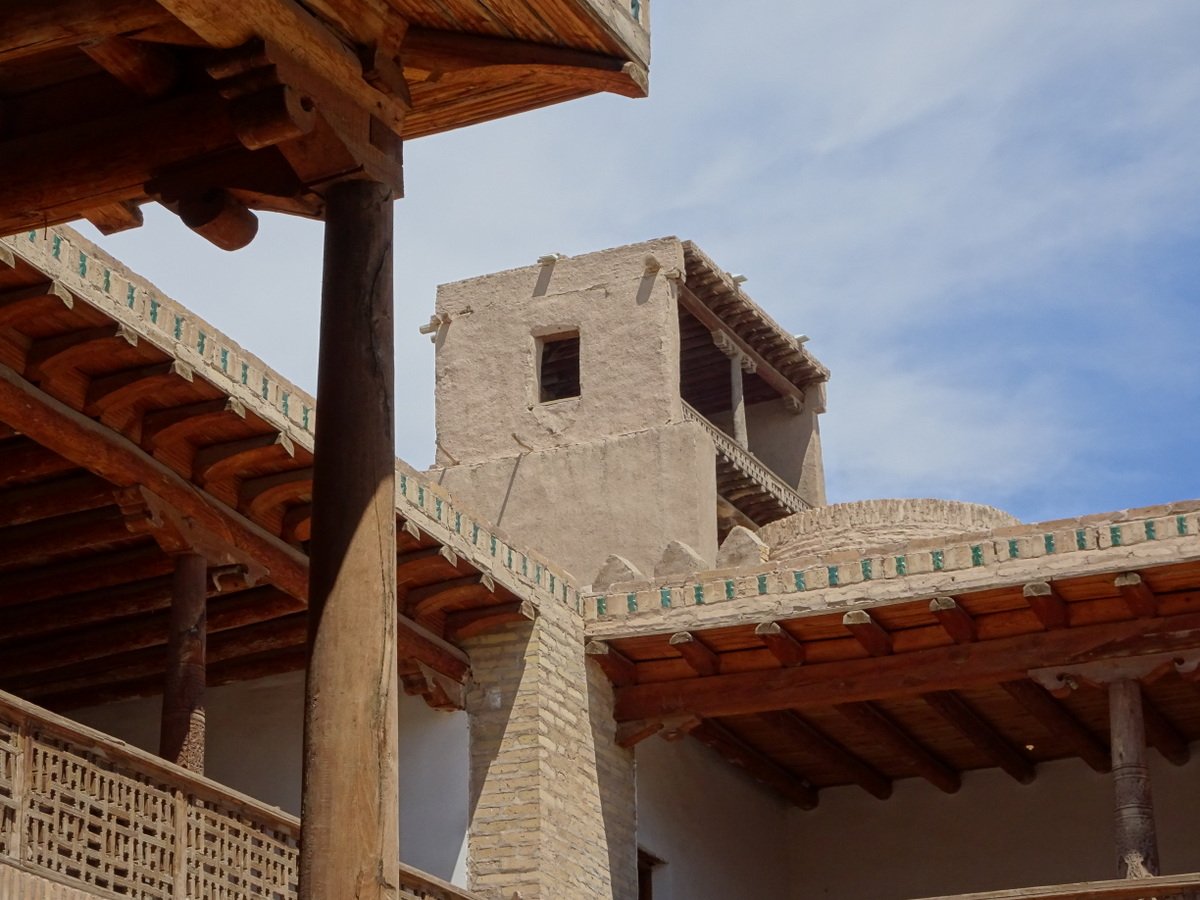
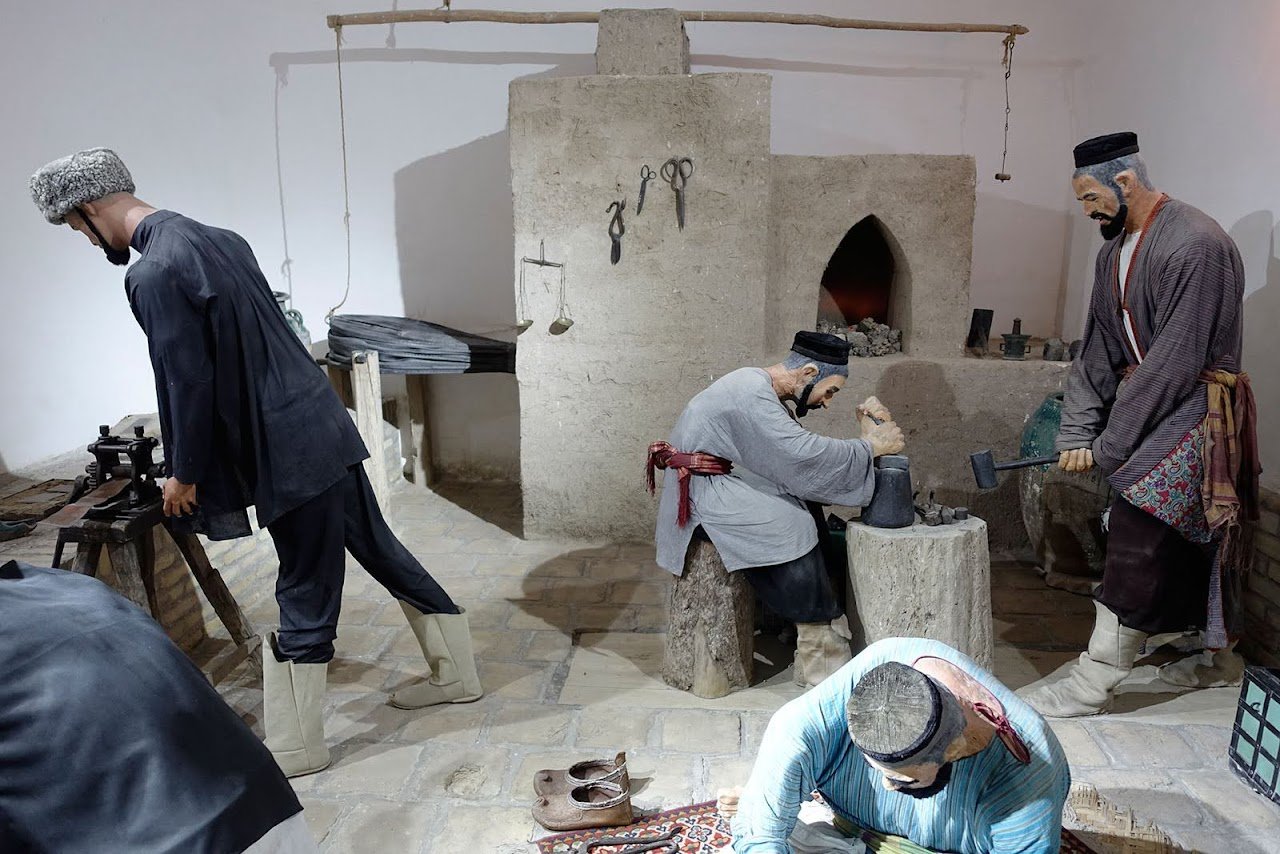
Ask ThatchGPT
Suggest a local expert to plan my trip
Suggest an unique itinerary for my Khiva trip
What foods do Khiva locals eat
What are some true hidden gems in Khiva
Help me brainstorm trip ideas for Khiva
Help me plan a family-friendly trip to Khiva
What people say
Pedro Pereira
Available for hire
"The Kuhna Ark is a fortified citadel at the heart of Khiva, nestled against the western ramparts of the Ichan Kala immediately north of the city's west gate. Like the Citadel of Hue or the Forbidden City of Beijing, it was conceived as a self-contained universe for the exclusive use of the ruler, his harem, his many advisors and servants, and members of the extended family. Originally built as early as the 12th century, the nucleus of its current layout was first constructed by Arang Khan (r. 1688-94) but was largely razed in the 18th century Persian invasions. The present buildings are mainly the work of Inaq Iltuzer (r. 1804-06) and his immediate successors such as Muhamamad Rahim Khan I (r. 1806-25) and Allah Quli Khan (r. 1825-42). Iltuzer was the founder of the Qungrat dynasty which was to rule Khiva until the early 20th century when the city-state was annexed as a Russian protectorate.
With an area of about 1.2 hectares, the Ark is the largest of Khiva's myriad buildings. In keeping with its function, the citadel has only one major entrance—an east-facing portal flanked by two cylindrical towers. High walls topped with crenellated bastions provided protection for those inside, although they proved ineffective against 19th century Russian artillery. Within, the space is organized into discrete zones organized around courtyards, each fulfilling separate functions. For instance, these include the following areas:
The summer mosque, built in 1838, is located immediately to the right of the main entrance and comprises a spacious north-facing iwan clad in blue majolica tiles with a wooden roof accented in red, orange, yellow and gold. A small blue-tiled mihrab indicates the direction of Mecca. The mosque iwan measures 13 x 7.4 meters. Adjacent to the mosque is a large room now used as a museum which includes an antique world globe and other treasures owned by the Qungrat dynasty khans. The former mint is located in the courtyard's northeast corner; it was added in the reign of Muhammad Rahim Khan I along with the mosque as a whole.
The reception courtyard lies deeper into the ark and includes an iwan similar in appearance to that of the summer mosque, minus the mihrab. Behind the iwan (to the south) is a throne room dating from 1804-06 which was used primarily in winter months. The elaborate wooden throne which once stood here was carried off to Russia as war booty in the 19th century and now resides in St. Petersburg's Hermitage museum. At the center of the courtyard is a raised circular dais from which the Khans rendered summary judgments from a tent-like yurt. Around the perimeter of the courtyard are various rooms used by functionaries and servants, as well as a storage room for the Khan's treasury.
The Ak Sheikh Bobo bastion lies at the west side of the fortress and is integrated into the city wall. It may be accessed via a passageway immediately north of the reception courtyard which leads to a curving set of stairs. At the top is a 2-story watchtower which offers a commanding view of the city. While it is no longer possible to climb to the top of the tower, the fortified platform around the tower provides an unparalleled vantage point to over the city. As it is also possible to view directly into the courtyards of the harem on the north side of the fortress, it is likely that this area was only used by a handful of trusted watchmen. Gunpowder was also stored in this area of the fortress.
The harem occupies the northern third of the ark and is the most densely built area of the fortress, filled with one and two-story rooms. Dating to 1806, it includes its own north-facing iwan similar in design to the two others. As the harem was the exclusive domain of the Khan and his family, apart from servants, the various apartments are more utilitarian in appearance as there was no need to impress visitors. (At the time of the author's visits in June 2018 and February 2019 this area was off-limits to tourists).
The ark's south courtyard is largely devoid of buildings. It is unclear what originally stood here or how it was originally used.
Immediately south of the main entrance, and outside the walls of the ark, stands the small zindon or jail. It is one of the most recent structures, built in 1910 shortly before the Russians abolished the Khanate a decade later."
Read more in:
Anna Kępa
"Try to visit at the end of your day in Khiva if you have time. We read that at golden hour it offers perfect views on the old city."
Read more in:
Lauren Weekly
"must visit landmark attraction"
Read more in:
Mentioned in these guides
About Kuhna Ark
Get the inside scoop on Kuhna Ark from local experts, travel creators, and tastemakers. Browse genuine trip notes, Kuhna Ark reviews, photos, travel guides, and itineraries from real travelers and plan your trip with confidence.
Address
Save this spot for later or start mapping out a new trip today
Try our AI Travel Assistant and get instant answers to any questions about your trip.
Ask ThatchGPT


